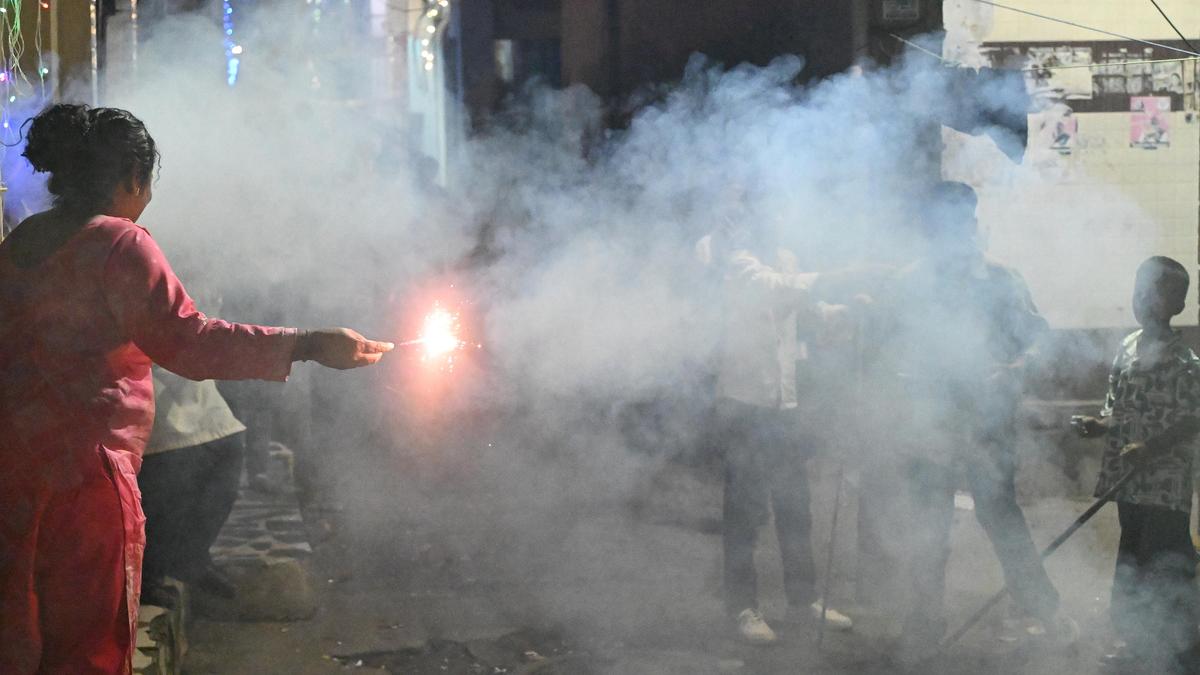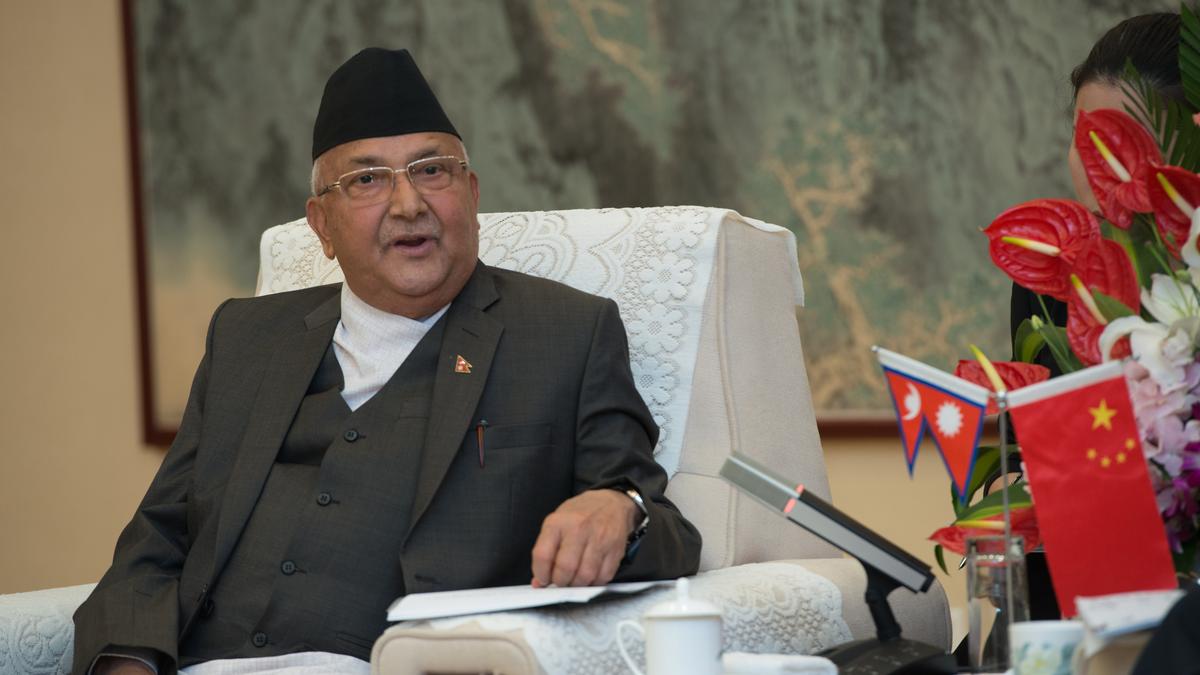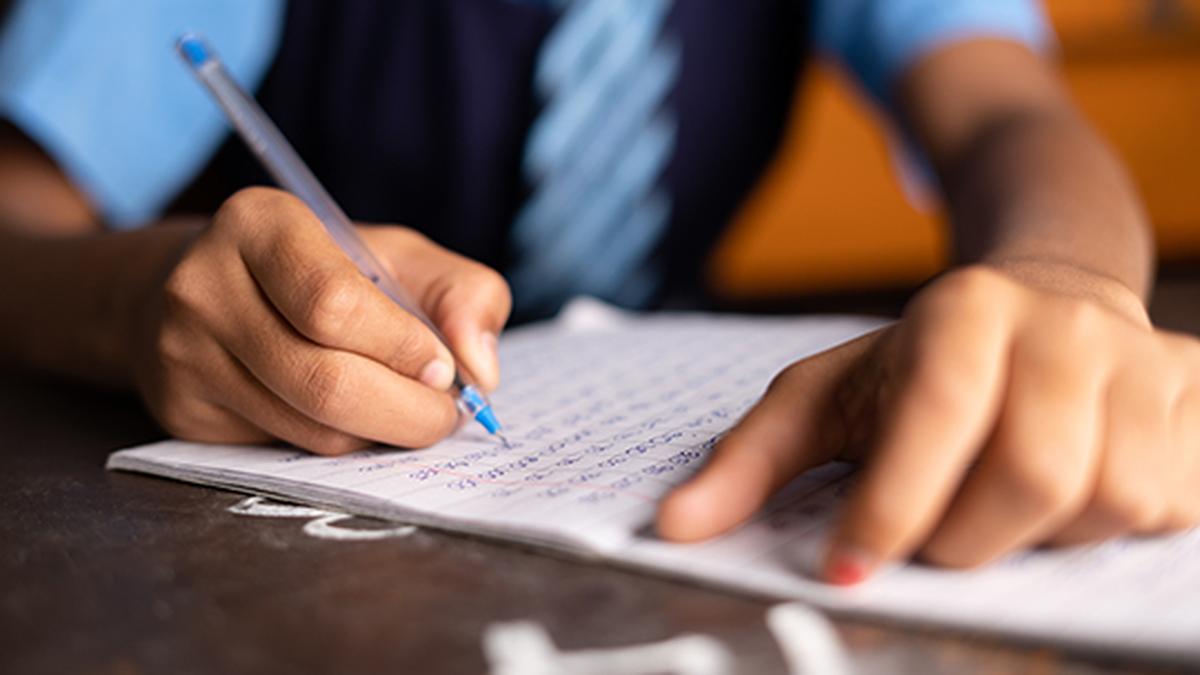
People celebrate Deepavali in New Delhi on Monday, October 20, night.
| Photo Credit: Sushil Kumar Verma
Following Deepavali, pollution in Delhi inched close to a five-year low with average concentrations of particulate matter (PM) 2.5 across several locations crossing 400 microgram per cubic metre (µg/m³) – levels not seen since 2021.
On Deepavali day, nine cities out of the 293 monitored by the Central Pollution Control Board (CPCB) reported an air quality index (AQI) value of above 300, classed as ‘very poor’ air quality. On the day after Deepavali, Tuesday (for most of the country), this rose to 16 cities, according to data available on the organisation’s website. Nearly all of these fell in north India and in the Indo-Gangetic plains. Nationally, Dharuhera in Haryana reported the worst air quality index reading of 462 on Tuesday (October 21, 2025).

Sharp spike
An analysis of PM 2.5 trends, which was recorded by CPCB’s automatic air quality sensors, by independent weather-and-climate agency, Climate Trends, showed a sharp spike in particulate matter concentration from 4 p.m. on Deepavali day (October 20) in Delhi. From values of around 150 at 4 p.m., it spiked to nearly 650 by 11 p.m. This coincides with the period during which bursting firecrackers was legally permissible ( 8 p.m. to 10 p.m.) on Deepavali day, per the reprieve by the Supreme Court.
The SC, in its order, had allowed the use of only CSIR-validated ‘green crackers’, which reportedly exudes a minimum 30% less smoke than their traditional counterparts. However, the sheer volume of fireworks during the period, anecdotal reports of the unavailability of these firecrachers, and the air quality index of the day following Deepavali (Tuesday), suggest that these norms were violated.
A key parameter that determines air quality levels are wind speeds on the festival night as well as temperatures. When night temperatures are low, smoke and chemical pollutants hover like haze and will not rise to higher reaches of the atmosphere and get flushed out. Temperatures on Deepavali night this year ranged from 23-25 degree C, the warmest in five years but low wind speeds and the quantity of smoke retarded its egress out the Delhi and the Gangetic plain airshed.
“When examined together, PM 2.5 and temperature data reveal a consistent pattern: high emissions from fireworks and low night-time temperatures jointly contribute to elevated PM 2.5 concentrations. The sharp post-Deepavali spikes indicate both sustained emissions and poor atmospheric dispersion,” the Climate Trends report notes.
“The Diwali of 2025 was one of the most polluted in recent years. The spike between the nights of the 19th and 20th directly corresponds to the widespread use of firecrackers across Delhi-NCR. Moreover, visuals and ground data confirm that burning so-called ‘green’ crackers made no measurable difference compared to regular ones. It’s now evident that allowing firecrackers during this time of year is simply not sustainable for the NCR region’s already critical air quality,” Palak Balyan, Research Lead, Climate Trends, said in a statement.
A perusal of the AQI values on Deepavali and the subsequent day on the CPCB website show that in 2023, Delhi’s post-Deepavali (November 13) AQI was 358 (very poor) – close to the 351 (very poor) reported at 4 p.m. this year. The five-year record, however, was on November 5 in 2021, when it recorded 462 (‘severe’). Deepavali AQI this year in the city was 345, only topped by Deepavali AQI of 382 on November 4, 2021.
The CPCB presents an annual report of air quality and noise-pollution levels nationally on Deepavali night and following day. It is expected later this week. The Environment Ministry didn’t offer any comment or analysis of the Delhi air quality on Tuesday.
Published – October 21, 2025 11:04 pm IST



